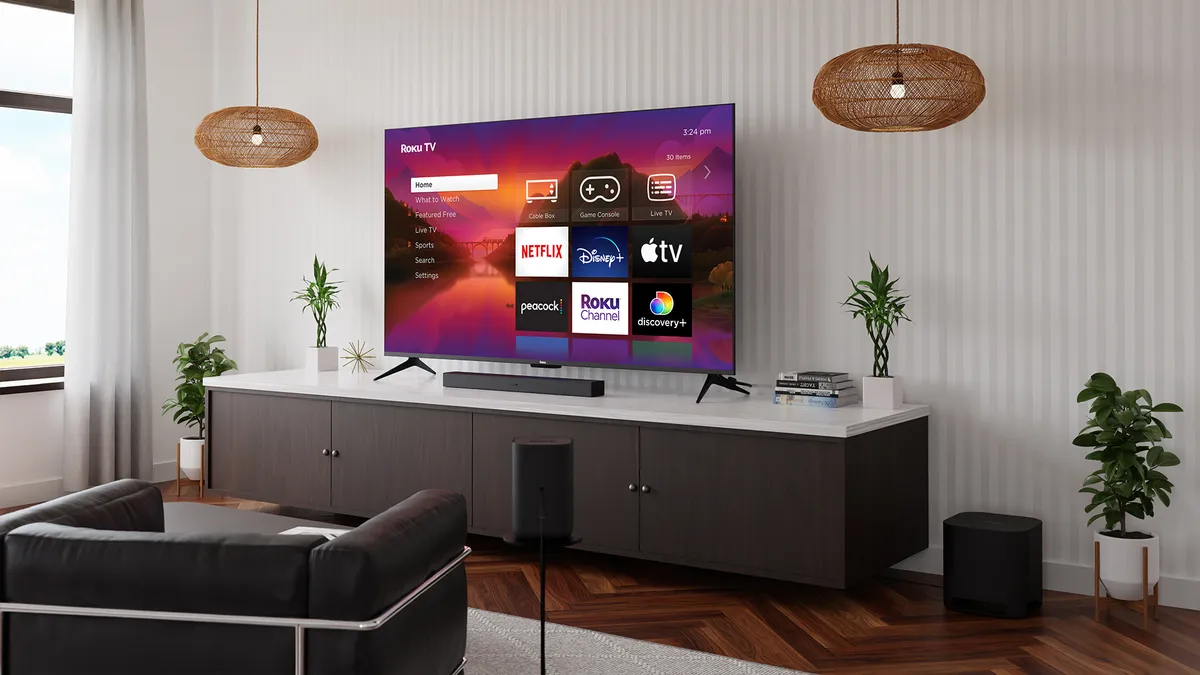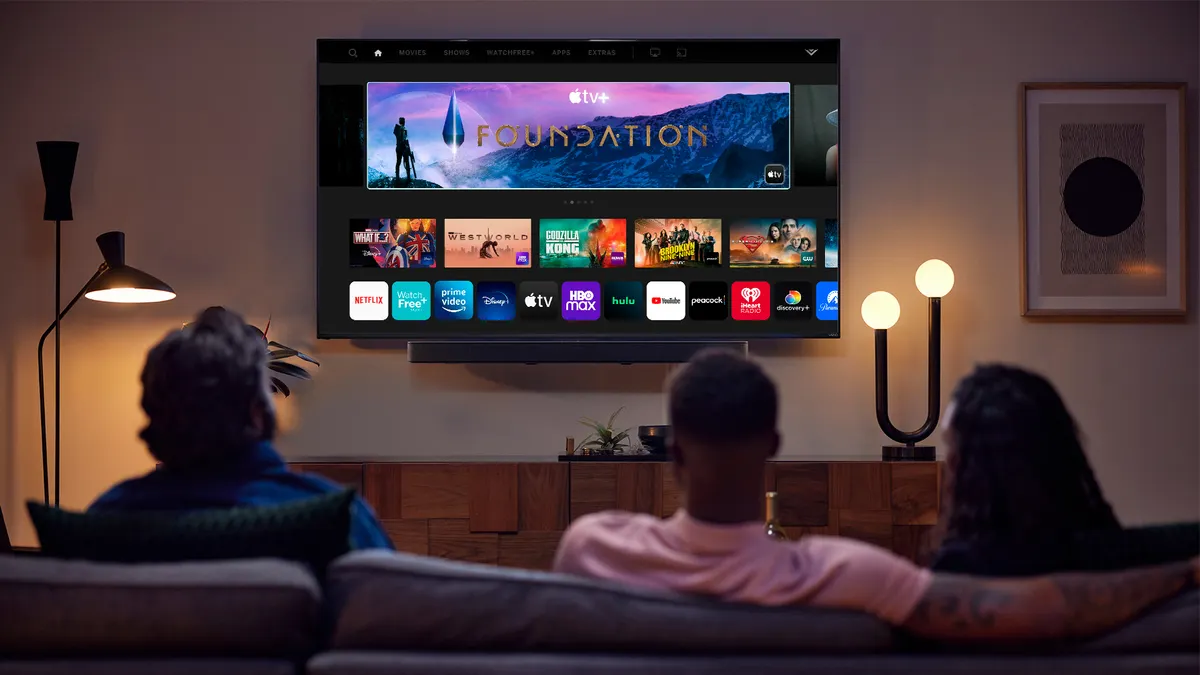Editor's Note: The following is a guest post from Phil Ahad, SVP, digital products, at Toluna.
The fragmentation of digital media and retail landscapes sees consumers watching video, listening to music and shopping online across a diverse set of platforms. Marketers are challenged to accurately measure the impact of these platforms, which leads them to struggle to gain insights into the digital lives of consumers.
Digital tracking provides the ability to follow the step-by-step actions of consumers in their online lives, across multiple devices. Tracking these digital footsteps enables marketers to gain a deeper, more holistic understanding of consumer behavior.
Digital tracking has been used to increase the efficacy and targeting of online advertising for some time now. But the ability to blend behavioral and attitudinal data provides marketers the needed information to generate insights that paint a deeper, more accurate picture of consumers. These portraits expand understanding into the what and why behind media consumption, paths to purchase, ad impact and other digital activities.
Digital tracking provides additional benefits including the ability to more precisely target consumers who have engaged in a certain behavior. "Event-based" targeting, such as when someone has been exposed to an ad, made a purchase, etc., is extremely powerful.
Learning the 'what' of consumer behavior
Digital tracking is permission-based tracking of consumers that provides behavioral data capture of what people do in their web and mobile user activities. In their digital lifestyles, individuals can have hundreds of data profiles. Some remain largely accurate, while others change frequently.
Included in the rich data set that can be generated in a digital profile are activities such as how frequently someone uses an iPhone 6s or listens to music on YouTube; what was bought on an internet retail site or watched on Netflix; and how frequently a person is on Facebook or uses Google Maps.
Digital tracking addresses the need for precise data to create accurate consumer profiles. For instance, when asked, people are typically able to share correct information on the brand of mobile device they use. However, as marketers look to go deeper, accuracy may deteriorate — such as a consumer's ability or willingness to provide the specific software version on the device or available data capacity.
Digital tracking delivers the accurate data needed in consumer profiling — like identifying the model of a person's iPhone. It can collect valuable data required for consumer segmentation. In this case, marketers gauge not only whether the consumer has an iPhone, but also if that individual has an older model iPad and shops online for electronics at Amazon and Best Buy.
Gathering this information enables marketers to build a "Day in the Life" profile of consumers, seeing the flow of activities throughout their digital lifestyles. This provides sightlines into what a consumer does online during certain points in the day, which media sources and shopping services are used and what an individual's social graph looks like.
Another advantage of digital tracking is it eliminates faulty recall or biases in recall when asking consumers to share behavioral information. For instance, if a marketer asked a person how much time he spent on Facebook during the week, the answer may not be accurate, either intentionally or unintentionally. Digital tracking provides a step-by-step view of consumer behavior in their web and mobile lives, including when they do it and how it was done throughout the day.
Adding the 'why' for deeper consumer insights
To enhance the quality of their research, marketers must also use tools that enable them to focus on asking "why" to create deeper consumer insights that improve customer experiences. Answering why can help companies pinpoint emotion, which "is the core driver of customer loyalty and spending," according to Forrester Research.
Surveys ensure the voice of the customer is part of everything marketers do. They are valuable tools in not only revealing consumer opinion or why people take specific actions, but also for uncovering emotions and non-rational explanations of behavior. Online survey tools make market knowledge more accessible, accurate and affordable for marketers. They enable agile research strategies to gain in-the-moment consumer data and test and optimize marketing concepts in real time.
Pairing digital tracking with consumer surveys enables marketers to get smarter about asking questions where the answers are already known from data gathered through digital tracking. They can streamline surveys by eliminating questions where respondents provide information about themselves — with that data gathered through digital tracking. This approach allows marketers to not only ask fewer questions but also receive more accurate information.
With consumers living busy lives, survey participation rates are not going up. Fewer, more relevant questions enable surveys to be shorter and less time-consuming, which makes it more likely that respondents will complete the entire survey. Faster surveys can be especially important in engaging the attention-pressed millennial community, which is among the hardest segments to reach in market research.
Intersecting the what and the why
Combining digital tracking and surveys helps marketers to intersect the what and why of consumer behavior and create a well-rounded consumer portrait. Armed with these insights, marketers are better equipped to develop digital marketing strategies that are informed by a thorough understanding of what the consumer wants to see and hear. This will help companies reach and engage their target audiences at optimum times and in ways that boost engagement.




















